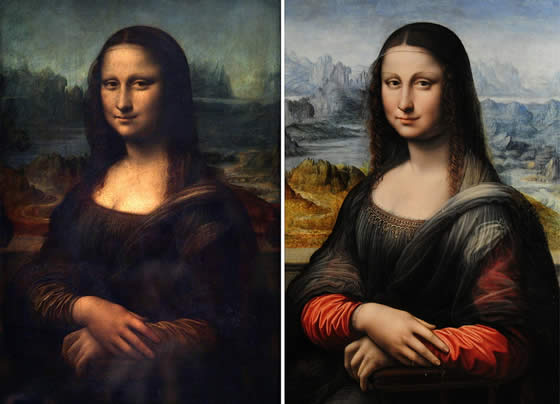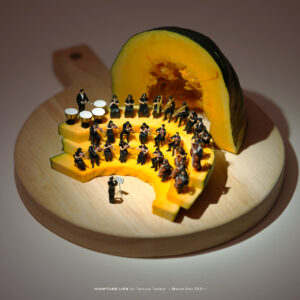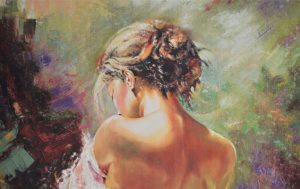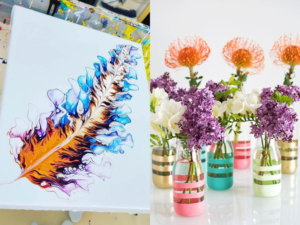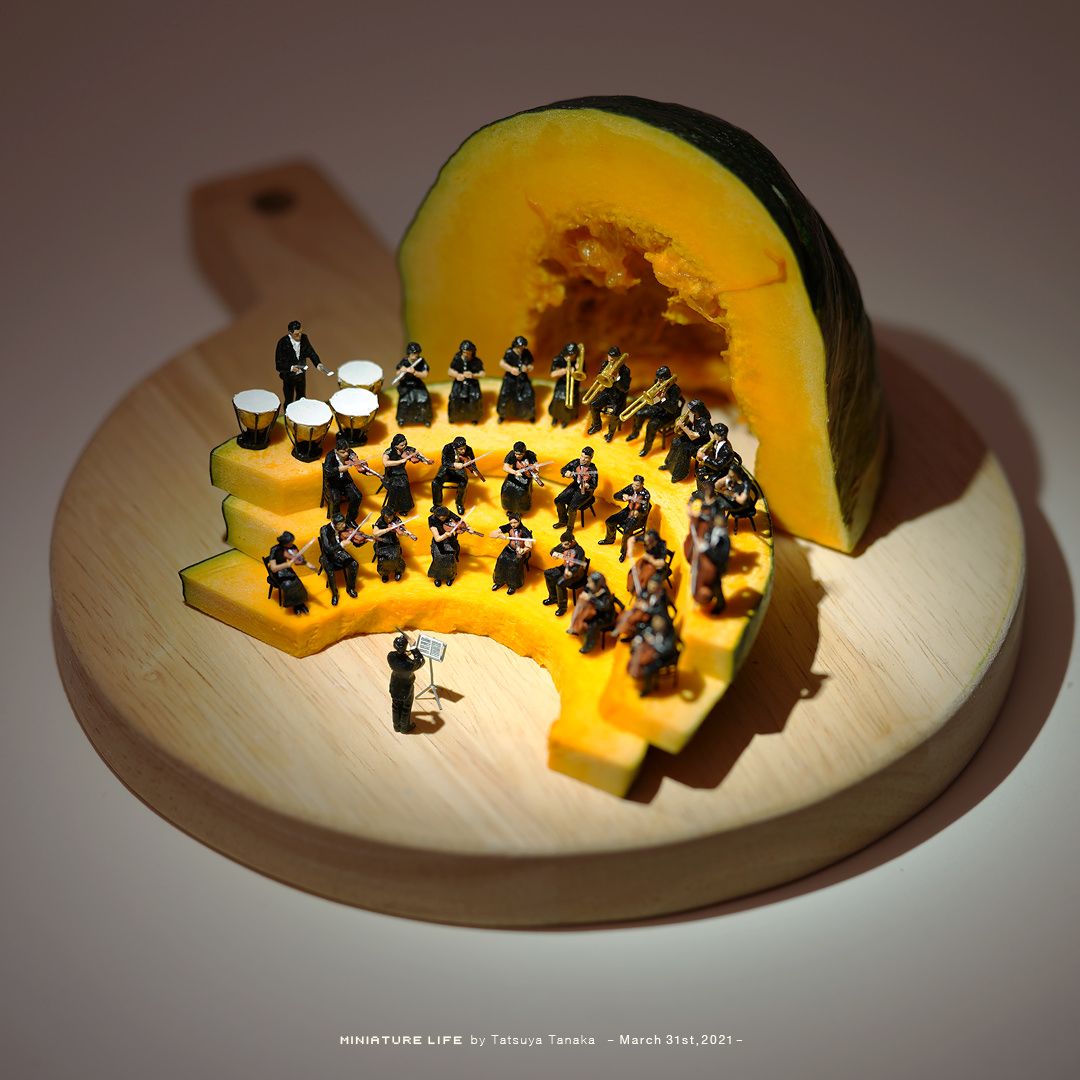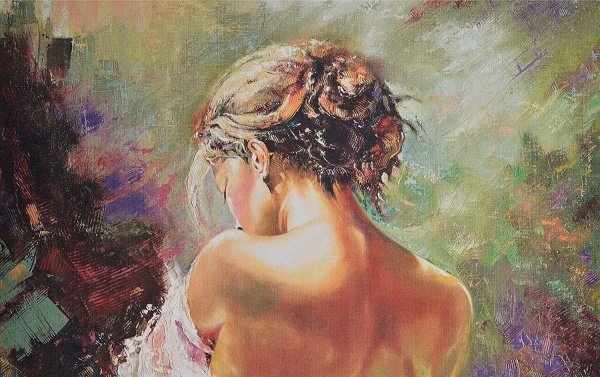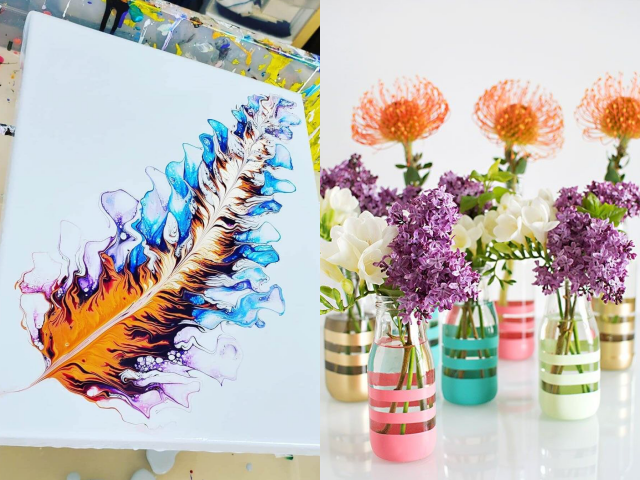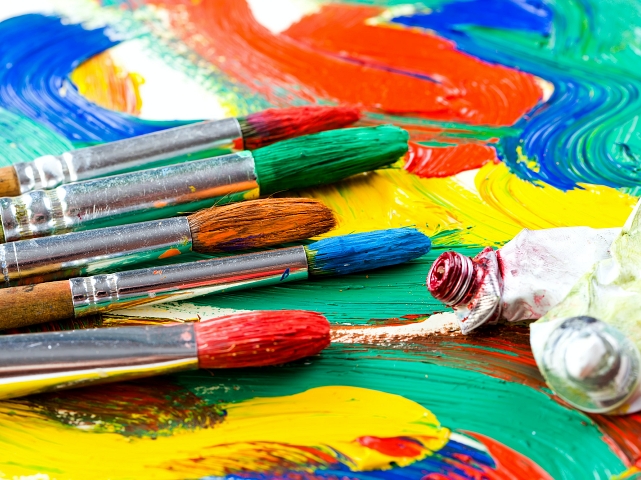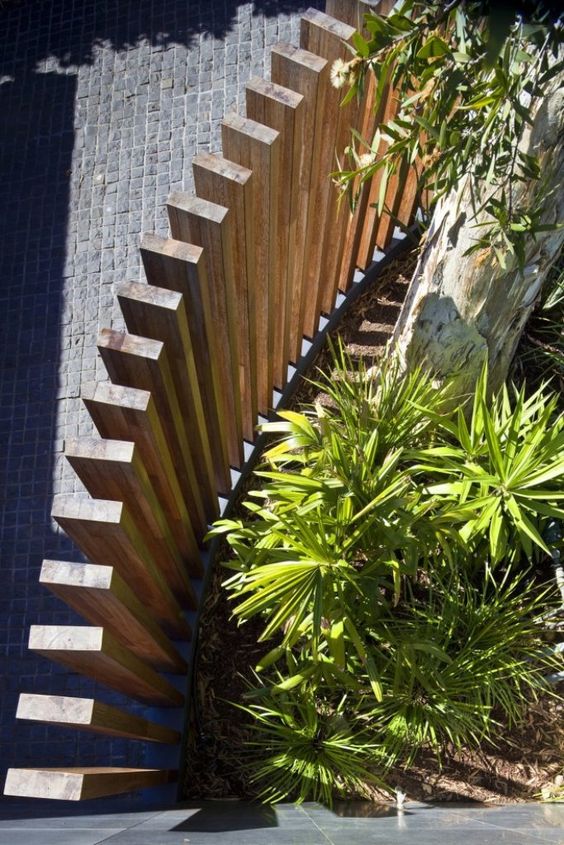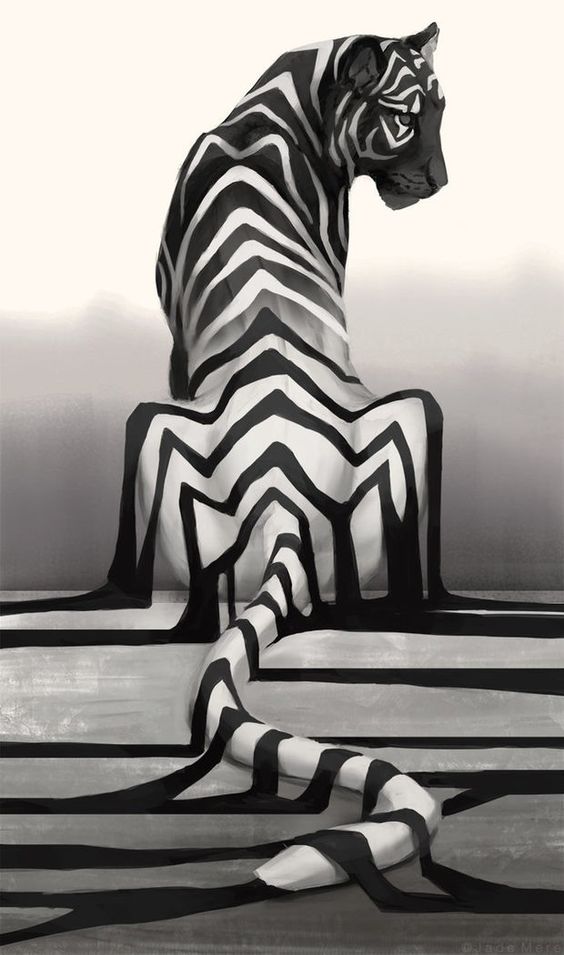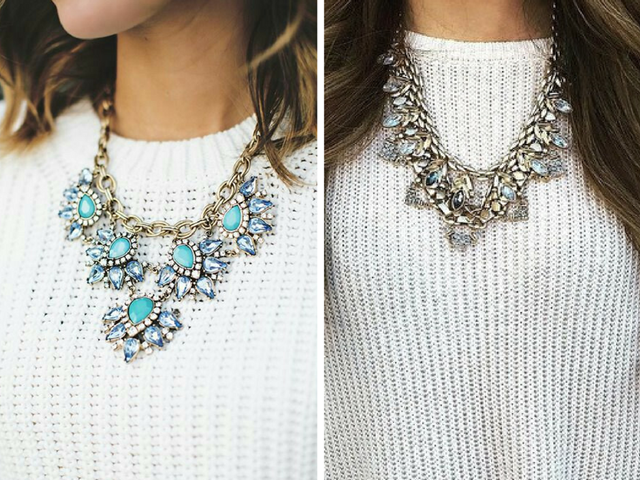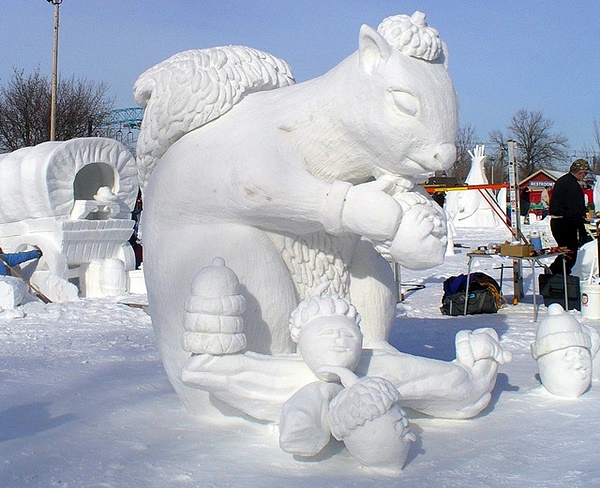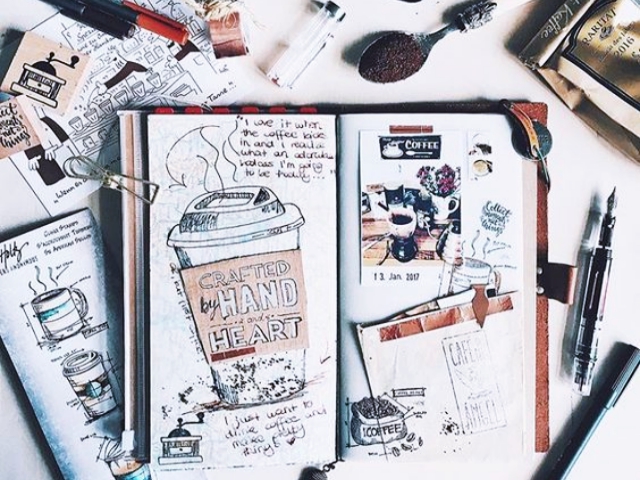Forging original pieces of art and trying to pass it away as the original to gain huge profits is something that has been happening for a long time. Though considered a risky process, the gains from forging works of art seems to balance out the risks involved. With advances happening in the world around us in terms of the techniques used, not only has forgery become more sophisticated but also the methods of discovering the frauds perpetrated have become more advanced.
It was a common practice in the past for assistants of master artists to ape their style and pass it off as the original. Though it was viewed as a form of homage to the master who taught them, later on the same art was used to fool people. We can broadly categorize frauds into three categories:
- Artists with a modicum of talent who try and forge the work of the great artists
- People who find some art and then pass it off as a great piece of art just to increase the value
- People who know that the piece is fake but pass if off as an original anyway
Forging of art in many forms has been a part of our history. It runs the whole gambit of failed artists attempting to try and sell their art and in failing to do so forging the work of known artists to make a living, to those people who deliberately carry out a fraud with the express reason of cheating and misleading people.
Given here are a few methods through which forgeries can be detected:
Initial examination for Art Forgery
- Tools used: You can examine the artwork visually with a view to finding out the tools used in the creation of the piece. This will provide you a clue about whether the tools used match the era in which the art was supposed to have been created.
- Aging of the canvas: A visual survey of the canvas can provide you with a simple insight into whether the canvas is new or aged and help you decide on whether further testing is required
- Frame: The frame of the art is also another valuable clue about the age of the artwork
- Signature: Another important feature is the signature and marks of the artist which provide a clue as to the authenticity of the artwork
- Marks: These include nails for hanging and other marks which can indicate the age of the piece of art
Scientific testing for Art Forgery:
- Carbon dating: Can pinpoint the age of a painting as far back as 10000 years
- White Lead dating: Can map the age of an object up to 1600 years
- Conventional X-ray: This can tell us if the painting has another painting underneath
- Ultraviolet fluorescence: This shows if the painting has been repaired or altered at any time
- Inductively Coupled Plasma Mass Spectrometry along with Atomic Absorption Spectrophotometry can be utilized to find if the materials used in the piece of art belong to the actual era of the work.
- Dendrochronology: This method provides you age of wooden pieces of art by tabulating the rings in the wood
- Stable isotope analysis: This can tell you the source of the marble from which the sculpture was created
- Thermoluminescence: This method tells us the date of pottery
- Wavelet decomposition: Another method is by digitally breaking down the painting into sub bands and analyzing these with regard to textures to determine the authenticity.
Apart from all these tools and techniques which help experts glean the genuineness of a piece of art, most experts rely on their knowledge, experience and intuition which guides them in judging art.

